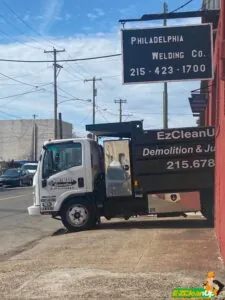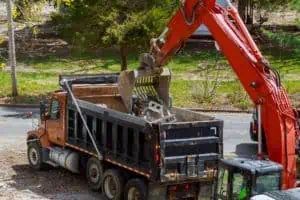When downsizing your home, start by assessing big items and daily essentials. You must also use systematic decluttering methods and plan your new space thoughtfully. Budget comprehensively, address emotional aspects, and organize efficiently for moving day to ensure a seamless transition.
Learn the details of these tips for downsizing your home in our article below.
Tip #1: Focus on Big Decisions First
When you’re thinking about moving to a smaller place, it’s smart to tackle the biggest decisions right away. This means figuring out which large things you really need and what daily items you can’t live without.
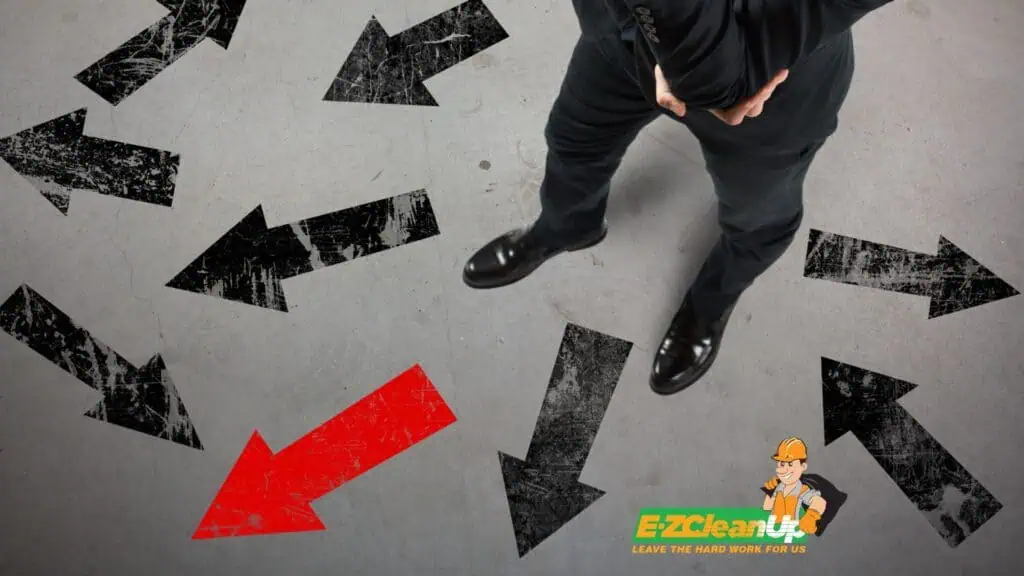
Here’s how to simplify these first important steps:
Choosing Big Items
First, look at your big stuff, like furniture and appliances. Think about a few key things:
- Need: Do you really use this item every day? How important is it?
- Space: Does it fit in your new, smaller home?
- Cost to Replace: If you get rid of it, how much will it cost to buy again later?
Be realistic. For example, a huge dining table might not make sense if your new place is tiny and you don’t have big dinners. Pick things that fit well with your new lifestyle and the space you’ll have.
Sorting Out Everyday Essentials
Next, think about the things you use all the time that make your life better. Ask yourself:
- Importance: What are the things you use every day that you really need?
- Size and Quantity: Will these items fit in your new home without filling it up too much?
- Flexibility: Can you use these things in different ways in your new place?
Focus on essentials like your favorite kitchen tools, basic bathroom stuff, a few sheets and towels, and the clothes you wear a lot. This step makes sure you don’t move and then realize you’re missing something important.
Tip #2: Clean Up and Organize Step by Step
Decluttering your space can significantly impact your daily life by reducing stress and enhancing your home’s functionality. Let’s explore two effective methods for tidying up your space.
KonMari Method
The KonMari Method, developed by Marie Kondo, encourages you to evaluate items based on the joy they bring into your life. This method isn’t just about discarding items but about appreciating what you choose to keep.
It consists of six detailed steps which ensure that every item in your home is there for a reason:
- Commit to tidying up.
- Envision your ideal lifestyle.
- Discard first before organizing.
- Organize by category, not location.
- Follow the correct order (clothes, books, papers, komono, and sentimental items).
- Keep only those items that “spark joy.”
This approach helps declutter your home while aiming to transform your lifestyle into one that is more intentional and joyful.
Four-Box Method
Another practical approach is the Four-Box Method, where you label four boxes as “Put Away,” “Give Away,” “Throw Away,” and “Undecided.” This method allows you to systematically categorize items. It helps you make immediate decisions that can gradually clear up the clutter without feeling overwhelmed.
Create an Inventory for Categorization
Creating an inventory serves as a strategic approach to organizing. By listing items and deciding their fate—whether to keep, donate, sell, or dispose—you make conscious decisions that help maintain a clutter-free environment.
This method helps in decluttering and in maintaining a systematic approach to what you own. It prevents the re-accumulation of unnecessary items and keeps your space organized and functional.
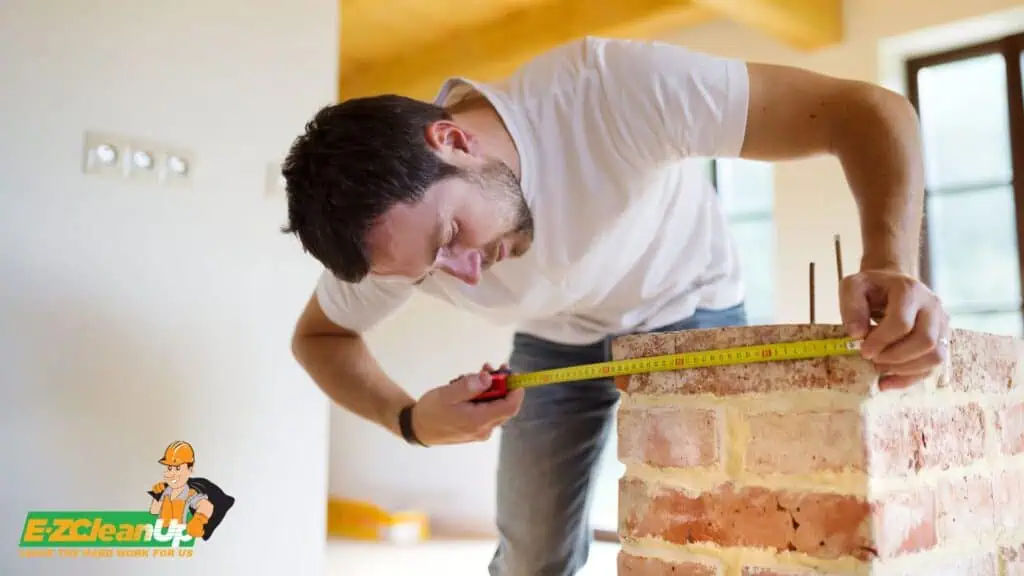
Tip #3: Strategically Plan Your New Space
When you’re moving to a new place, planning how you set up your space is crucial. This helps you use every inch effectively. Here’s a guide on how to arrange and equip your new home to make it as spacious and comfortable as possible.
Measure and Plan Your Layout
Before you move, measure the rooms in your new home. Think about where you’ll put your furniture. Consider how you’ll walk from one area to another, like from the kitchen to the living room or the bathroom. You want to keep these paths clear so your home feels easy to move around in.
Use floor plans to help you. They show you how your furniture will fit, so you don’t end up with too much stuff in one place or blocking areas where you need to walk. There are tools and apps that can show you how your setup will look, which is really handy.
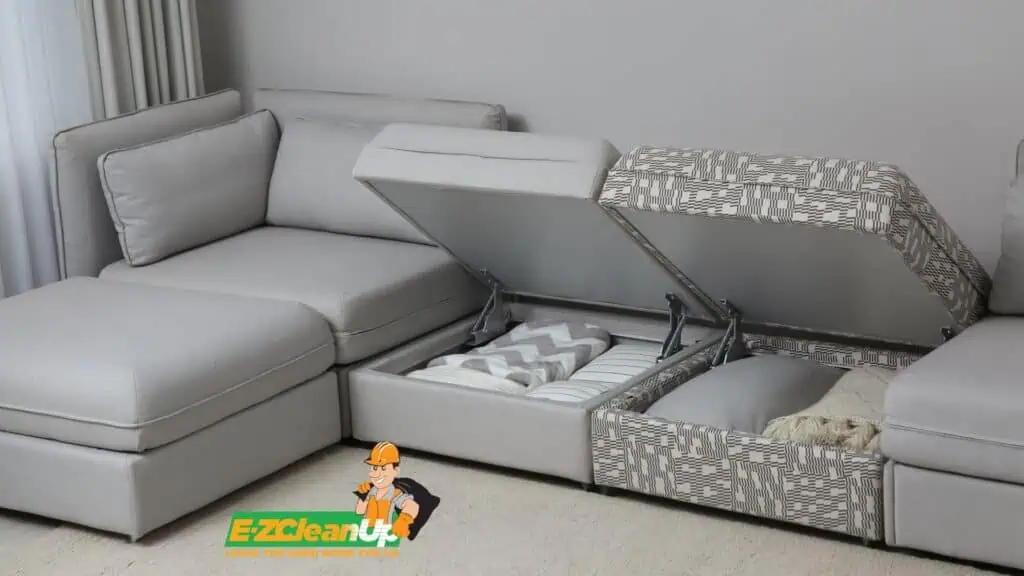
Choose Furniture That Saves Space
In a smaller home, the right furniture can make a big difference. Look for pieces that do more than one thing:
- Ottomans with Storage: These can be used for sitting and storing things like blankets or books.
- Sofa Beds: Great for turning living spaces into guest rooms when needed.
- Expandable Tables: These tables can be made bigger for when you have guests and smaller for everyday use.
Moreover, think about using walls for shelves and other storage spots. This keeps the floor clear and makes your place look tidier. Remember to use the space up high, like the area above your doors or windows, for extra shelves.

Tip #4: Budget Wisely for Your Move
When planning a move, it’s crucial to create a comprehensive budget that accounts for all potential costs. This ensures you’re not caught off guard by unexpected expenses.
Prepare a Comprehensive Moving and Setup Budget
Start by writing down all the costs you expect:
- Mover Fees: If you’re hiring people to help, how much will that cost?
- Truck or Container Rental: Will you need to rent a truck or a moving container, and what’s the price?
- Packing Supplies: Think about things like boxes, tape, and bubble wrap.
- Extra Services: Are you paying for help with packing or unpacking?
Also, remember the costs of getting your new home ready. This might include:
- Utilities Setup: Sometimes you have to pay a deposit to start services like electricity or water.
- First Shopping Trip: You’ll probably need to stock up on things like food and cleaning supplies right away.
You can find online tools and templates that help you calculate and keep track of these costs. These tools make it easy to see your total expenses and adjust if you need to.

Consider Hidden Costs
Some expenses aren’t obvious but can affect your budget a lot:
- Property Costs: Things like property taxes and homeowner’s insurance.
- Home Repairs: Does your new place need any fixes or upgrades?
- Ongoing Bills: Monthly costs like electricity, water, and any homeowner association fees.
If you’re buying a home, there are also closing costs:
- Closing Fees: These can include legal fees, appraisal fees, and escrow payments.
- Moving Insurance: Consider getting insurance to protect your stuff during the move.
By planning for both obvious and hidden costs, you make sure your move goes smoothly without unexpected financial stress. This way, you can focus on settling into your new home without worrying about going over budget.
Tip #5: Manage Emotional and Practical Aspects
When decluttering, it’s essential to handle not only the practical aspects but also the emotional challenges that may arise, particularly when dealing with sentimental items.
Tackle Sentimental Items Thoughtfully
Handling sentimental items can evoke strong emotions. It’s crucial to approach these items with care. Decide what truly holds emotional value. If an item no longer serves a purpose or brings joy, consider letting it go.
However, this process should not be rushed—allow yourself to experience the emotions and make thoughtful decisions. It’s helpful to keep only those items that genuinely mean something to you. This is because holding onto too many can lead to clutter and stress.

Engage Family in the Decision Process
Involving family members in the decision-making process, especially when it involves heirlooms or items of significant sentimental value, can make the process smoother and more meaningful. This engagement ensures that everyone’s feelings are considered and helps in making collective decisions about which items to keep, donate, or discard.
It can also be a bonding experience, as stories and memories associated with the items are shared. When everyone participates, the emotional load of decluttering is distributed. This makes the process less overwhelming.
Tip #6: Prepare Thoroughly for Moving Day
Preparing for moving day involves both organizing your belongings efficiently and reducing the load to make the move smoother. Here’s how to handle these aspects effectively.
Label and Organize Items Clearly
Proper labeling and organization of your items can make the moving process simpler. Use color-coded labels to distinguish between different categories of items or different rooms. This makes the process of unpacking easier while ensuring that delicate items are handled more carefully.
Consider using labels that are easily visible and include detailed descriptions if necessary. This method can help movers and also keep you organized upon arrival at your new home.
Reduce Moving Load
Before moving day, assess which items are essential to take and which can be left behind. Selling or donating items you no longer need reduces the physical load and can also be emotionally liberating. This step is crucial for minimizing moving costs and effort.
Plan a garage sale or list items online for sale a few weeks before the move. For items in good condition that you don’t wish to sell, consider donating to local charities or giving them away to friends and family.
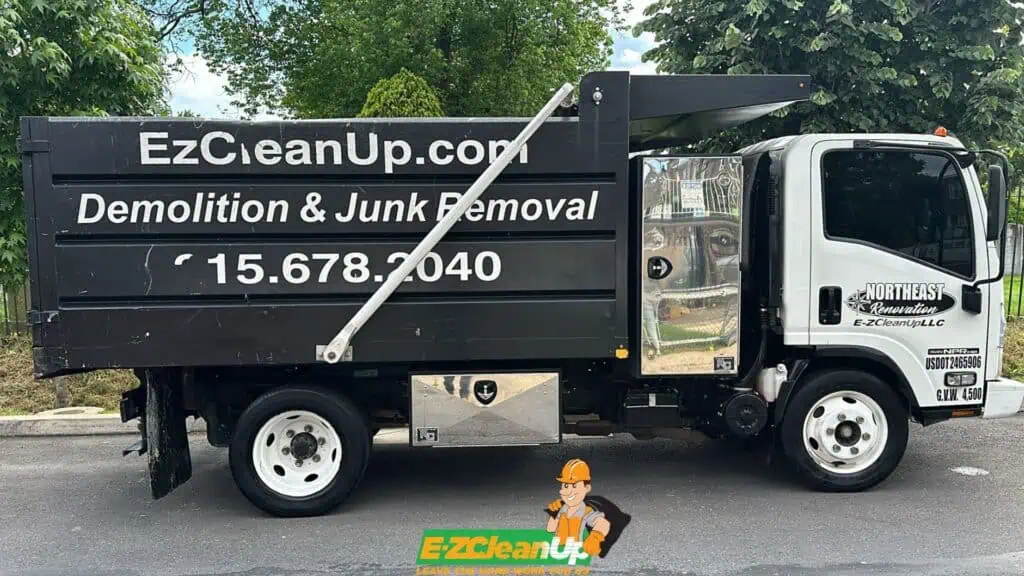
Downsizing Done Right with EZ CleanUp
When you decide to downsize, the physical task of removing unwanted items can be as challenging as the emotional decision. If you’re in Philly, EZ CleanUp supports you by removing the clutter that doesn’t fit your new lifestyle.
Our services are designed to facilitate your move. With our help, you can focus on what truly matters in your new space. Call us to learn more about our junk removal services.


